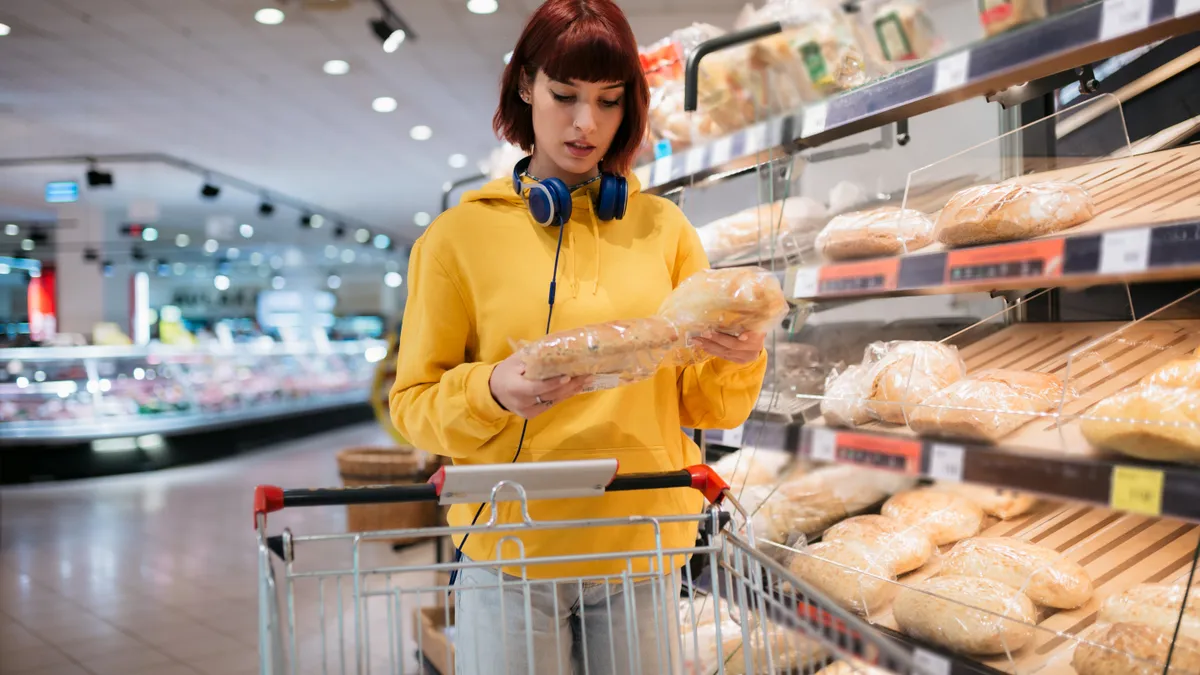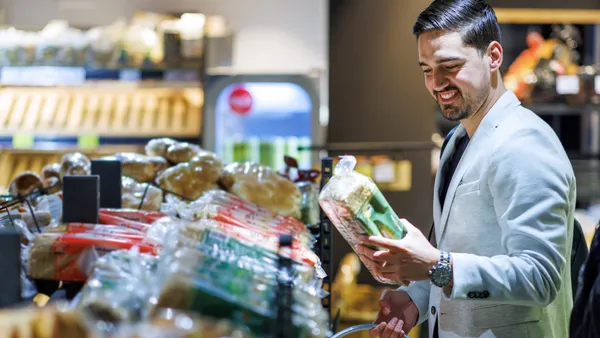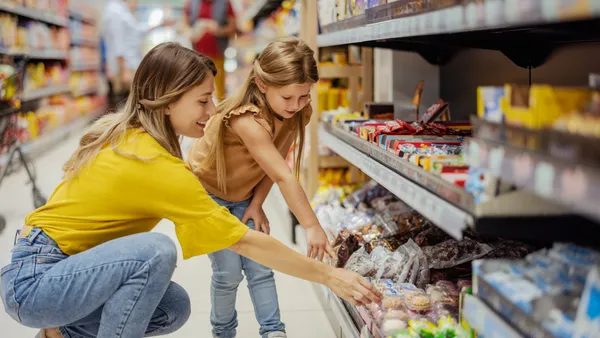A true steward of the planet looks at every variable when selecting a packaging products.
It’s not enough to just think about sustainability. You must also consider the product’s dimensional fit, the ability of the packaging to keep the product fresh during travel in any weather condition, printing concerns, carbon emissions and end-of-life disposal options.
But there are also the unintentional effects to consider. A packaging material that meets your recycling goals may have other shortfalls. For instance, a sustainable package that doesn’t keep your food fresh is the wrong choice, as food waste is one of the most significant contributors to carbon emissions. Food waste lost during harvest, storage, and transportation – or wasted by consumers – accounts for greenhouse gases equivalent to 9.3 billion metric tons of carbon dioxide. That’s about half the total emissions of the global food system.
All the variables can make a clear choice overwhelming. But don’t worry – we’ve got you covered. And it all starts with a look at the available materials.
Plastics and wood-based fiber
Roughly 390 million metric tons of plastic were produced globally in 2021, according to Statista. If this trend continues, that plastic total will triple by 2060. According to the UN Environment Programme, almost 40 percent of all plastics produced are used in packaging, including single-use products that hold food and beverages.
Most plastics are created using fossil fuels, and approximately 85 percent end up as unregulated waste or in landfills, where they can take up to 500 years to decompose.
An alternative to fossil fuel-based packaging is wood-based fiber. While an estimated 68 million trees are cut down every year in the U.S. to produce paper products, the country’s paper and wood products industry replenishes more trees than it takes – planting 1.7 million trees every day. Also, about 80% of paper and paperboard containers used for packaging were recycled in 2018, making up 41 million tons of municipal solid waste (MSW), 14 percent of all MSW generated.
With all that in mind, let’s move on to the four most likely options you’ll be vetting for your food products.
Four sustainable packaging choices to consider
Plastics
The U.S. Plastics Pact, a consortium founded by The Recycling Partnership and the World Wildlife Fund, aims to rethink how we design, use and then reuse plastics. The goal is a circular economy for plastics where the materials are recycled and reused at the end of their life span.
Resin identification codes numbered 1, 2, and 5, often used for food packaging, fit the circular economy goal by having the highest recycling rates and fewer known health hazards. Not only are they more easily recycled, but it’s also easier to make them from recycled materials that have already been reprocessed.
Bioplastics packaging
Many bioplastics are made from food waste or other bio-based materials, although some incorporate petroleum-based sources. Bioplastics are commonly, but not always, compostable. For those that are, there are limited composting facilities in the United States.
Putting leftover food in compostable containers and then into a compost bin means all the materials decompose and makes new soil. Compostable packaging can be a way to move food waste out of landfills to organics recycling.
Paper packaging
Paper packaging is made from renewable fiber products that have very good recycling rates, especially cardboard. While paper packaging comes from a renewable resource and is more likely to be recycled, remember to consider other factors, too, such as strength. Is paper packaging a good fit for your specific food product’s transportation and storage needs?
Enviro-Lok
A new, more sustainable polypropylene bag closure called Enviro-Lok is a packaging option for heavy products or those in an environment with water, high humidity, or freezing temperatures.
A lifecycle analysis by the creator of Enviro-Lok, Kwik Lok, found Enviro-Lok has 34% less plastic than the standard Kwik Lok closure. Plus, it’s a plastic that’s more likely to be recycled. Enviro-Lok uses 67% less water and emits 44% fewer carbon emissions.
In the end, there’s no one perfect answer to how to select food packaging. Instead, ask yourself a series of questions about what sustainability goals you’re trying to meet and the conditions in which your product will travel and be stored in. Once you have those answers, you can explore the packaging possibilities and determine the best fit.
For more information on sustainable packaging options, visit kwiklok.com.










